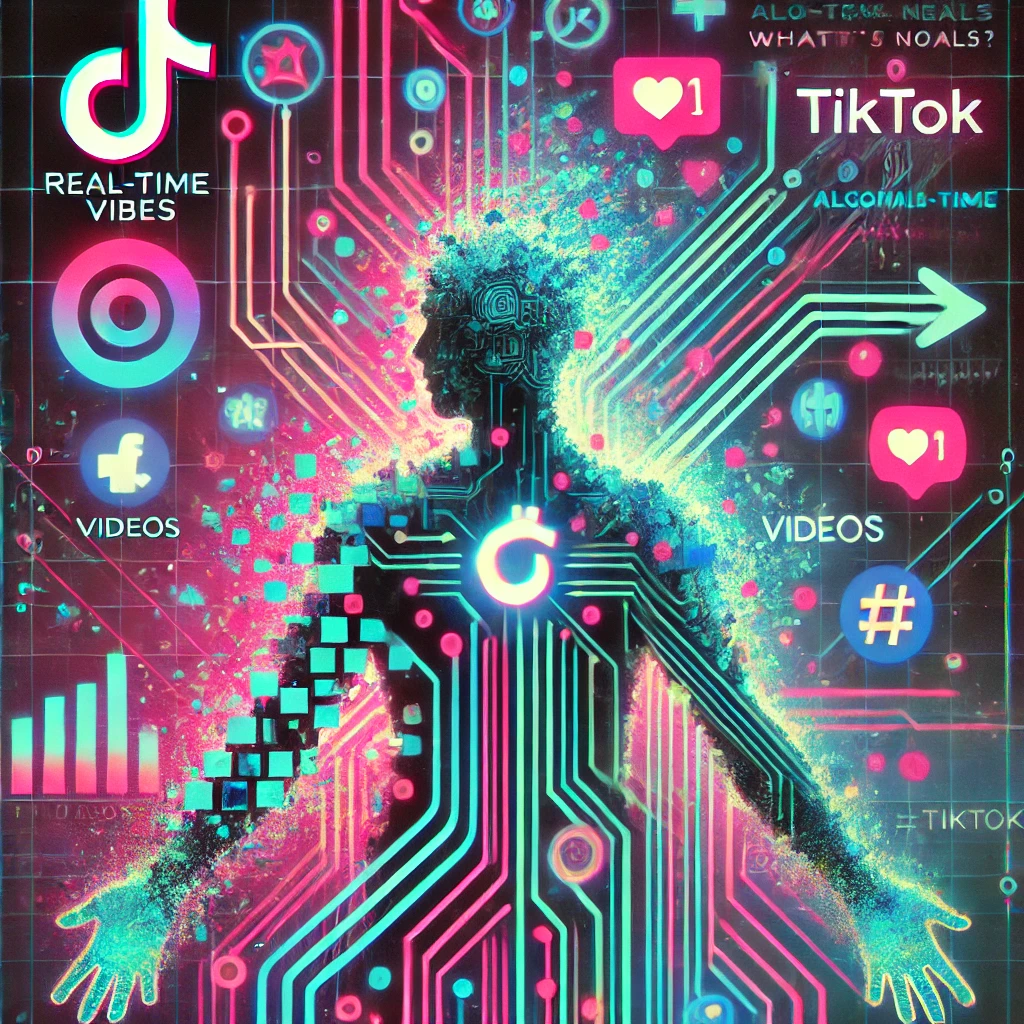
Alright, let’s talk algorithms—the invisible puppet masters of your social media experience. Whether it’s TikTok, Instagram, or YouTube, these platforms are powered by recommendation systems that decide what you see next. A paper from ByteDance (the people behind TikTok) gives us a peek into the magic—or the madness—of how these systems keep us glued to our screens.
The paper’s titled “Monolith: Real Time Recommendation System With Collisionless Embedding Table”—perfect for anyone who’d rather dive into stats than, IDK, stick knitting needles in their eyes. (Note to self, buy knitting needles.)
Is This TikTok’s Actual Algorithm? Not Quite.
Here’s the tea: This paper spills some behind-the-scenes secrets on how a next-level recommendation system works, but there’s no hard proof that Monolith—seriously, could the name be any more innocent?—is the exact algorithm behind TikTok’s For You Page (FYP). What we do know? The authors all work at ByteDance (aka TikTok’s mothership), so even if this isn’t the actual sauce, it’s a big clue that something like this is running in the background somewhere.
Why is this still important? Because the way Monolith handles data—real-time updates, precision embeddings, and user-focused recommendations—offers a window into the kind of engineering magic that likely powers TikTok’s or similar platforms' success. Whether or not this is the actual sauce, it’s a masterclass in how these systems work to grab and keep your attention.
Let’s break it down:
Algorithms Are Obsessed with Now
One of the coolest (and creepiest) tricks modern recommendation systems pull? They learn from your behaviour in real-time. This isn’t about what you liked last week or even yesterday—it’s about what you’re doing right now. If you’re bingeing funny dog videos at 8:43 PM, the algorithm will shift gears and show you more furry chaos by 8:44 PM.
The ByteDance system described in the paper uses online training, which means it continuously learns from your latest likes, clicks, and scrolls to deliver content that matches your current mood. It’s a constant feedback loop: You act → the system reacts → you act again → repeat. It’s like a dance between you and the machine—except it’s always one step ahead.
These systems also deal with something called data sparsity—a fancy way of saying the data they use (like your likes or interests) is scattered and unpredictable. To solve this, they use techniques like embedding tables (think of these as super-organized maps of user preferences) to connect the dots on what you might want to see.
The ByteDance researchers even designed their system to eliminate data collisions, which can mess up recommendations by lumping unrelated users or interests together. The result? The algorithm can personalize content just for you with scary precision.
Here’s the thing: Our interests change fast—like really fast. One minute you’re deep into skincare TikTok, the next you’re all about conspiracy theories. Platforms need to keep up. This is where concept drift comes in—the technical term for how quickly our tastes and behaviour change.
The ByteDance approach focuses on timeliness, tossing out “stale” data (like old user actions) and prioritizing the freshest signals. That’s why these systems feel so alive—they’re always chasing the latest version of you.
The Infinite Scroll Trap
Here’s where it gets real: Platforms like TikTok, Instagram, and YouTube rely on these recommendation systems to maximize your engagement. The more tailored the content, the longer you scroll, click, and watch. It’s not just about serving content you like—it’s about making sure you can’t stop.
These systems exploit our brains’ craving for novelty, dopamine hits, and instant gratification. Every swipe is a tiny gamble: “What’s next? Will it be amazing? Will it make me laugh? Will it blow my mind?” And because the algorithm is constantly learning, the hits keep coming.
The Bigger Picture: How Algorithms Shape Our Social Lives
Here’s the kicker: While this ByteDance paper gives us a technical look at an advanced recommendation system, the bigger takeaway is how algorithmic design influences the way we interact with the world. These systems are engineered to ensnare us—to feed us content we can’t resist, to keep us watching, clicking, and scrolling.
The result?
- Our attention is fragmented. Platforms thrive on short bursts of interaction, pulling us from one video, post, or ad to the next.
- Our tastes are shaped. The algorithm doesn’t just respond to what we like—it nudges us toward what it thinks we’ll like next.
- We live in bubbles. The hyper-personalization of content keeps us in echo chambers of familiar ideas, trends, and opinions.
So, Are We the Masters or the Puppets?
Lowkey, algorithms like the one in this paper are both genius and straight-up creepy. They’re built to serve us exactly what we want—sometimes before we even realize we’re craving it. And while this might not be TikTok’s exact sauce, it’s basically the blueprint for how every platform hooks us, studies us, and makes sure we keep coming back for more.
So next time you find yourself three hours deep in a mindless scroll, pause and ask yourself: Who’s actually running the show here—you, or the algorithm?
